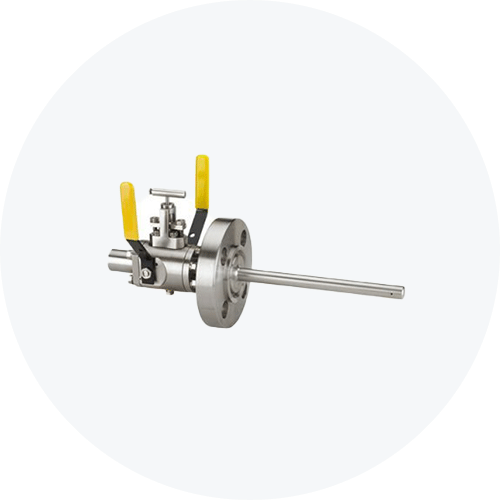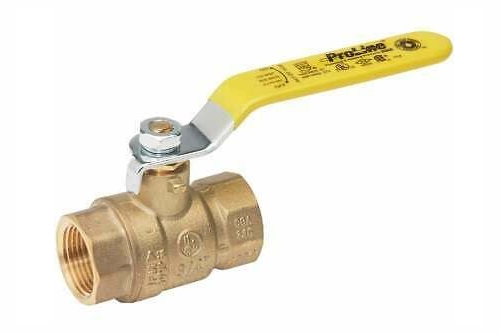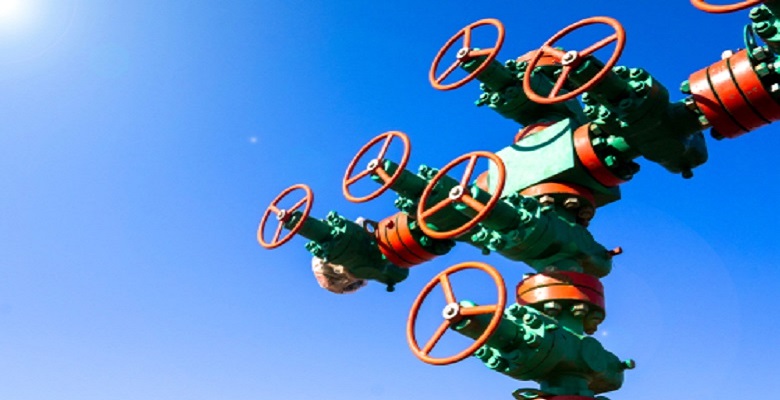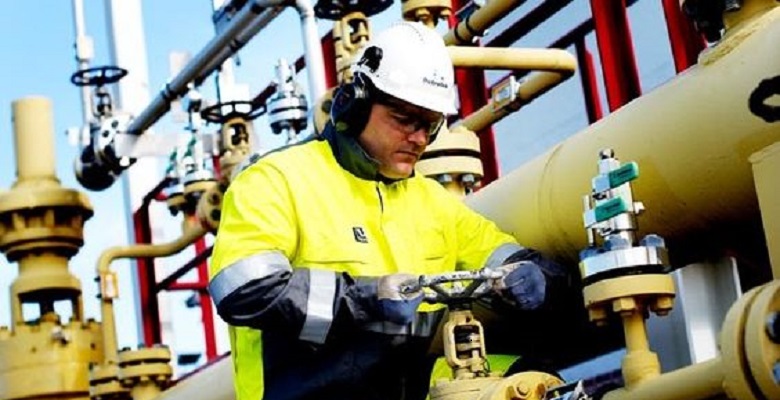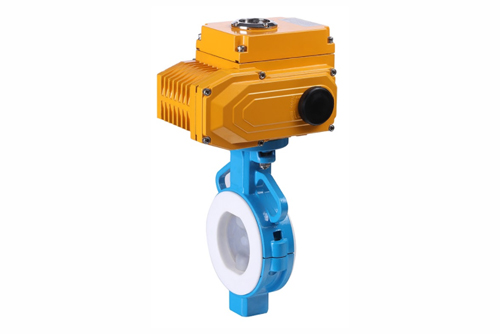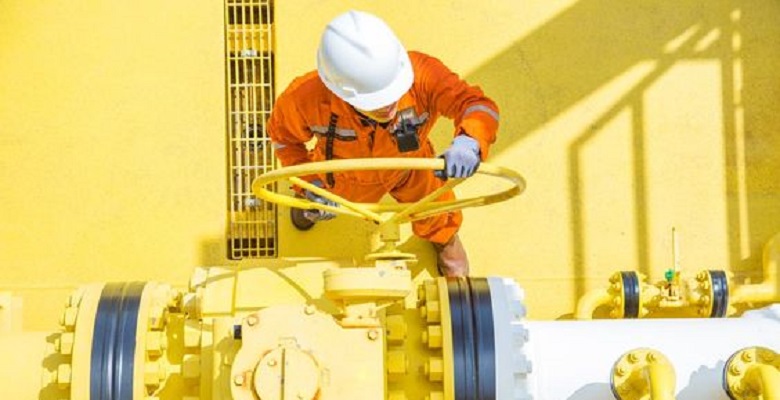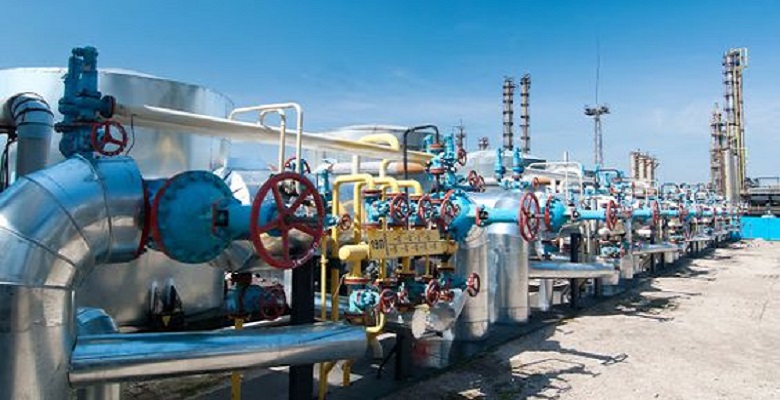Table of Contents
What are Double block and bleed valves
Double block and bleed valves are used for isolation in critical applications. They also prevent product contamination and maintain system integrity. DBB valves make it easy to remove machinery for cleaning, repair, and maintenance.
Before DBB valves were used, isolating pipelines and machinery was a difficult process. You had to install two individual isolation valves, a spool piece, and a bleed valve to maintain system integrity. The machines were expensive and heavy. There was an increased risk of emission since multiple machines had to be installed. It was also difficult to operate the system since the technician had to check three valves at the same time.

DBB valves solved all these problems. They are a single valve unit so they have a smaller installation footprint. They save on extra piping requirements and reduce weight in critical areas. They are easy to operate since the technician only needs to check a single unit. DBB valves are now used in critical applications across different industries.
How is a Double Block and Bleed Valve Constructed?
A double block and bleed valve features two block valves and a bleed valve. The block valves isolate the upstream while the bleed valve drains excess medium. DBB valves are very flexible when it comes to design. They can be custom engineered to adjust various lengths, heights, and connection sizes. You can also add certain features. For example, a sealant injection can fortify the valve’s tight-sealing abilities.
DBB valves are available in modular, monoflange, and root configurations. Below is an image of a modular double block and bleed valve. It features two block valves installed side by side with a bleed valve installed in the middle. Modular DBB valves are commonly used for toxic fluid operations in high-pressure systems.

Source: http://www.piping-engineering.coml
Monoflange valves usually feature one block valve and one bleed valve. But they can house more than one of either as well. If you look at the diagram below, you can see that the monoflange valve is compact in size. Monoflange valves are used in petrochemical factories, power stations, and mining and construction.
Source: http://www.piping-engineering.com
DBB valves are also available in a variety of conventional configurations. You can see the details of some of these models in the diagram below. The configuration you choose will depend on your application, media, and environmental factors.
Source: http://www.piping-engineering.com
Difference Between DBB and DIB Valves
Double block and bleed valve (DBB) and double isolation and bleed valve (DIB) perform similar functions. Both valves provide simultaneous upstream and downstream isolation in high-pressure, high-temperature situations. But these valves are not the same.
DBB and DIB valves may look the same from the outside, but their construction is different. DBB valves are designed to provide a seal against pressure from both sides of the valve. DIB valves go one step ahead and provide an additional seal against pressure from only one side. DIB valves are used in operations where there is low tolerance for leakage. They are also used to maintain the cleanliness of the medium.
Another difference between DIB and DBB valves is the way they release pressure. DBB valves feature two unidirectional seats that relieve pressure on their own. DIB valves have two bi-directional seats that cannot relieve pressure on their own. You have to install a separate pressure-relief mechanism when using DIB valves.
How Do Double Block and Bleed Ball Valves Work?
Double block and bleed ball valves feature three ball valves. The valves are attached as either a unit or a manifold inside one compact body. The two-block valves are installed on either end of the DBB valve while the bleed valve is in the middle. The DBB valve functions by isolating the onstream flow of fluid or gas from either end of a pipeline. It then uses the bleed valve to drain the excess medium.

For example, if you want to repair machinery that is part of a critical process unit, you have to isolate it from the rest of the system. To do this, you have to install a DBB ball valve between the pipeline and the machinery. This DBB ball valve will feature two ball block valves and one ball bleed valve. One block valve will isolate the upstream of the medium while the other will shut-off the downstream. When both block valves are tightly sealed the flow of medium to and from the machinery will stop. You can then open the side of the DBB valve that is connected to the machinery to drain any residual medium. Once it is drained, you can seal the bleed valve shut.
You can then repair, replace, or maintain the machinery without disturbing the unit. In high-pressure, high-temperature applications, DBB ball valves can be used to cordon off the area that needs repairs. This is done by depressurizing the specific area that requires isolation. DBB valves’ reliable tight sealing ensures complete and reliable isolation of critical applications.
Kinds of Valves Used in Double Block and Bleed Ball Valves
Floating ball valves and trunnion mounted ball valves can be used to construct a double block and bleed ball valve. But generally, trunnion mounted DBB ball valves are preferred. Trunnion mounted ball valves can handle high-pressure operations and provide better bi-directional shut-off. These DBB valves feature two trunnion ball valves as block valves. Another trunnion mounted ball valve or a needle valve can be used as the bleed valve.

You can use many variations of valves to create a DBB valve that gets the job done. Gate and globe valves can be used as block valves while ball valves are used as bleed valves in different applications. Expanding plug and expanding gate valves can also be used to block the flow while a needle valve bleeds the surplus medium. The type of DBB valve you use depends on the nature of the fluid, its pressure and temperature, and many other factors.
How to Choose the Right Double Block and Bleed Valve?
There are many factors that determine which DBB valve is best for your needs. Let’s take a look at some of these factors and how you can use them to choose the right DBB valve:
Nature of Application
The nature of your application will define the kind of DBB valve you need. For example, if you need to maintain system integrity while you repair a certain part of the pipeline, you can use a DBB valve to get the job done. Two gate valves can block the onstream. A ball valve can bleed any fluid from the isolated area of the pipeline before it is repaired.
Type of Media
The type of DBB valve you choose depends on the kind of media you are trying to regulate. Viscous liquids and thick gasses will require full bore ball, globe, or gate valves as block valves. While a needle valve can be used as a bleed valve. Corrosive media may require stainless steel DBB valves or carbon steel ball valves that have been fortified to block the media without sustaining any damage.
Pressure and Temperature
The pressure and temperature requirements of your operation will determine the kind of DBB valve you need. High-pressure, high-temperature operations will require anti-static ball valves as block valves. These metal seat ball valve are not affected by pressure changes or vibrations so they are safe to use in critical operations. In low-pressure operations, you can use a single DBB gate valve with flexible wedges and a body bleed valve.
When are Double Block and Bleed Ball Valves Used?
DBB ball valves are used for many different applications across different industries. They help check the integrity of seat seals in different valves and machinery. DBB ball valves are used in industries like LNG, petrochemical, chemical, water and gas, and more. They are also used in transmission and storage, refined products transmission lines, natural gas industrial processes, and mainline and manifold valves in liquid pipelines.

DBB valves are the key to isolating critical operations where the liquid flowing upstream and downstream must not leak or be mixed with each other. For example, in liquid service near waterways or municipalities, DBB valves like the SIO DBB Ball Valve can provide a tight mechanical seal both upstream and downstream at the same time. The trunnion mounted ball valves inside the DBB valve have anti-blowout stems. They are also anti-static and feature spring-loaded seats. This means they can easily handle the pressure variations and vibrations.
DBB ball valves are also used in the meter calibration market to ensure correct calibration in every operation. The valves in a meter system must seal tightly. Even a small leak will cause errors in the meter calibration that will persist throughout the operation. This will make the end-users lose a lot of time and money. Choosing the right API-6D DBB ball valve can help get the correct calibration almost every time.
What are the Benefits of Using Double Block and Bleed Valves?
Double block and bleed valves prevent leakages and maintain system integrity. They are used for critical isolation in high-pressure, high-temperature operations.
Here are some other benefits of using DBB valves:
Less System Vibration: DBB valves are anti-static and feature anti-blowout stems making them resistant to system vibrations. They are unaffected by changes in pressure and thus do not cause changes in pressure of liquid or gas flow.
Compact Design: DBB valves have a single body that is compact and light in weight. They are easy to install and prevent leakages as there are less flanged faces. Their compact configuration makes them convenient to operate as well.
No Need For Supporting Brackets: DBB valves are a single unit that can be installed by using bolts. This means you don’t need supporting brackets. Installing DBB ball valves is efficient and simple.
Increased Plant Safety: DBB valves provide a tight drip seal ensuring zero leakages. This improves plant safety in critical applications where leakages can lead to contamination.
Improved System Reliability: DBB valves are great for isolating key areas in any unit. They block valves provide a tight seal while the bleed valve drains any remaining medium. Bleed valves also ensure the block valves are sealed tightly, ensuring system reliability.
Introduction To Double Block And Bleed Valve System
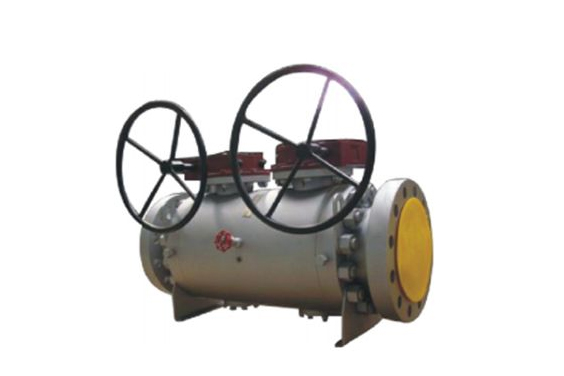
Source:pinterest
A single combination of two inline-block valves and one bleed valve is known as a double block and bleed valve. This system performs the function of three distinct valves while conserving a significant amount of space, installation and maintenance time, weight, and expense. The primary goal of a double block and bleed valve system is to prevent liquid from the upstream and downstream from getting to other system parts.
Engineers can simply do upkeep, repair, or replacement labor by bleeding off or depleting any remaining liquid from the medium part. It is possible to isolate from both upstream and downstream flow or pressure in a double block and bleed system. The cavity formed between two block valves is drained utilizing the bleed valve.
Two block valves and a single bleed valve make up the three valves. The assembly and materials will vary based on the procedure, including temperature and pressure, that the DBB will be utilized in. A Single Block and Bleed (SBB) valve may be employed if the valve is to be utilized in a non-critical procedure.
When shutting down a segment of piping or conducting maintenance, DBB valves are typically employed. Two block valves are locked in order to establish positive isolation. The media flow will have halted after both block valves are shut down. Any media tangled in-between the block valves may be depleted utilizing the bleed valve, and the side that has been shut down can then be safely exhausted for quick access.
Isolation from the upstream and downstream flows is delivered by two block valves. The block valves are typically employed as a pair of gate, globe, ball, or needle valves that are positioned back to back. A third valve, referred to as the bleed valve, is placed in the two-block valves’ central cavity.
Three different valves can be utilized to achieve the exact double block and bleed structure. The double block and bleed valve, however, saves a significant amount of weight, space, installation time, and money. In addition to that, single-unit double block and bleed valves are preferable from an operating and maintenance perspective because they have fewer potential leak routes. Additionally, the pressure drop is reduced.
Bleed valves are primarily used to drain or exhaust the space between dual isolation valves. Also, it controls flow divergence and connects sampling and injection points. In addition to that, it also serves as the connection for the integrity or maintenance check to scan leaks.
Types Of Block And Bleed Valve Systems
Here are the different types of block and bleed valve systems used for various applications.
Block And Bleed
An isolation valve or block and bleed valve is another name for a block and bleed manifold with a single block valve and a single bleed valve. A block and bleed manifold with several valves is another name for an isolation manifold. In many industrial applications, this valve is employed in flammable gas trains. Since the needle valve enables accurate flow restriction when there is little flow in a non-toxic environment, hydraulic and pneumatic systems utilize block and bleed needle valves.
Double Block And Bleed Valve
It comprises dual distinct block valves and a bleed valve that empties liquid between them.
DBB valves are for high-pressure systems and toxic or dangerous liquid procedures and are utilized for crucial procedure services. Instrument drain, chemical seal isolation, gauge isolation, and chemical injection connection are some uses for DBB valves. In addition to that, DBB valves require less area and weight while performing the same function as the three other valves.
Single Unit Double Block And Bleed Valve
Three valves, double block valves, and a single bleed valve are present in this unit. It retains various benefits, such as reducing space, being light in weight, being simpler to use, and isolating the system more well compared to other solutions. The system is cut off from both upstream and downstream influences. A bleed valve refers to the valve situated between the two block valves.
The bleed valve will empty the fluid from the space between the two block valves after isolation. The valves retain a negligible pressure decline across the unit since they are full bore with an undeterred flow orifice. These valves installed pipelines can also be pigged without any issues.
Cartridge Type Standard Length DBB
A patented design for these Double Block and Bleed valves combines dual ball valves and a bleed valve into a small cartridge-style unit with ANSI B16.5 flanged connections. The primary advantage of this design format is that the valve can be put into an existing pipeline without requiring any pipeline reworking because it retains the identical face-to-face dimension like one block ball valve.
Three Piece Non-Standard Length DBB
The typical flange-by-flange form of these Double Block and Bleed Valves (DBB Valves) is featured, and they are obtainable with ANSI B16. In order to fit the pipeline system, it is to be seated in; it has 5 flanges, welded ends, and hub connectors. It has all the advantages of the single unit DBB valve plus the option for a custom face-to-face dimension.
Single Block And Bleed Valve
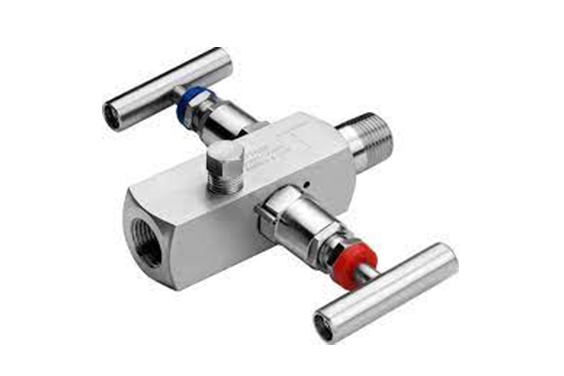
Source:google
A single block valve and one bleed valve make up a Single Block and Bleed valve system. “Isolation Valve System” is another name for this system. In less sensitive processes, such as a low-pressure system, a Single Block and Bleed valve is employed. It is feasible to utilize a Single Block and Bleed valve system when the procedure liquid is neither poisonous nor flammable.
There are two valves: a bleed valve which is typically a needle valve, and a block valve which is typically a ball valve. When a piece of gear needs to be isolated, it is crucial to stop the flow of procedure liquid by shutting down the block valve. In order to withdraw surplus procedure liquid from between the gear and the block valve, one must then unlock the bleed valve. A single block and bleed valve function in this manner.
For non-critical procedure services, like low-pressure systems, non-hydrocarbon, non-toxic, non-hazardous procedure liquids, single block and bleed valves are typically employed. Double block and bleed valve assemblies should be utilized for critical service.
When carrying out maintenance procedures in an operational process plant, single block and bleed valves are employed to ensure positive isolation. This block and bleed valve manifold may be easily fitted for isolation purposes because a single block valve and a bleed valve are manufactured as one unit.
These valves can be utilized in various ways to conduct positive isolation during upkeep, restoration, or shutdown tasks. First, the block valve is shut. The block and bleed assembly is then depleted to prepare for maintenance on the shutdown side.
In order to deliver positive isolation, block and bleed valves are frequently employed with spectacle blinds or blind spacers. Block and bleed valve combinations boost design safety because they permit fewer potential leakage channels than distinct conventional installations of respective valves.
Differences Of DIB And DBB Valve
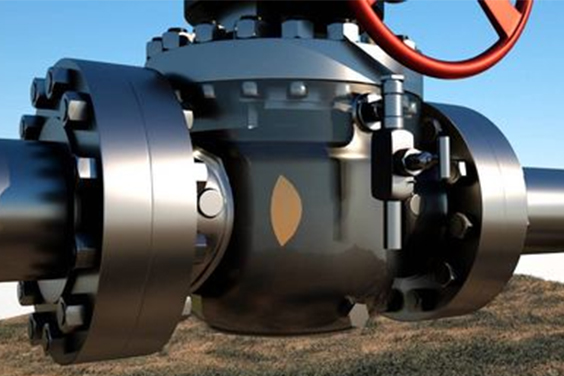
Source:pinterest
Space is conserved, expensive multi-valve systems are not required, and zero leakage from upstream to downstream is possible with DBB and DIB valves. Even in conditions of high pressure or high temperature, these valves are capable of delivering isolation in the upstream and downstream ways. In applications where essential isolation is required to prevent leakage, DBB and DIB valves are employed.
Check out the primary differences between double block and bleed and double isolation and bleed:
- API Definition
As per API, A double block and bleed valve is defined as “one valve with dual seating surfaces. In the shut down position, it offers a seal against pressure from either edge of the valve, with venting or seeping the cavity between the surface seating. ”
As per API, A double isolation and bleed valve is defined as a “one valve with double seating surfaces. When both are in a shut down position, it gives a seal against pressure from one source with the mechanism of venting the cavity between the surface seating.”
- Sealing Against Pressure
A double block and bleed valve offer sealing against pressures coming from either side of the valve. On the other hand, a double isolation and bleed valve offer an extra layer of protection against pressure coming from only a single side of the valve.
- Seats
There are typically dual unidirectional self-relieving seats on a double block and bleed valve. For pressure relief, these seats do not depend on an external device. On the other hand, a double isolation and bleed valve make use of single or dual bidirectional seats.
- Additional Pressure Barrier
A double block and bleed valve will not offer sealing in the exact direction if the foremost seal leaks. In addition to the primary pressure barrier, double isolation and bleed valve offers a second pressure obstacle.
Conclusion
Double block and bleed ball valves maintain system integrity by isolating critical areas in the unit. You can then repair, replace, or check these areas without disturbing the system. These valves are used in many industries including oil and gas, water, petrochemical, and more. SIO as one of the best high pressure ball valves manufacturers, valves are available in different configurations and are customizable, like carbon steel ball valve or ball valve flange type. Choosing the right DBB valve depends on how you want to use it and where. If you’re not sure which DBB valve is best for your project, get in touch with us.

